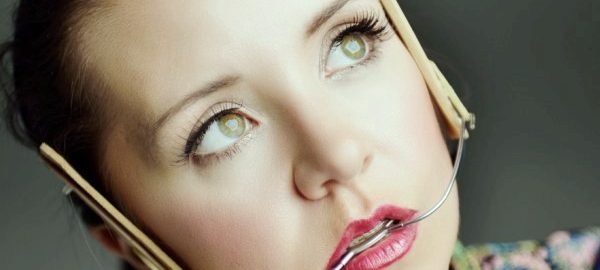
Orthodontic Headgear
Orthodontic headgear is a topic that isn’t often widely discussed. While most people think it is a thing of the past, orthodontic headgear is still commonly used as a part of treatment. In some cases, braces need additional assistance to move teeth into the right position. Orthodontic headgear is a special appliance that can also help with problematic bites or misaligned jaw growth.
Orthodontic headgear is attached to the mouth and extends outside of the mouth. It provides additional force to move the teeth where they need to be and guide the face and jaw as they grow.
Types of Orthodontic Headgear
There are several types of orthodontic headgear used in the industry. Each option is designed to treat and correct a specific issue. Since each treatment is designed to specifically address the unique needs of each patient, your orthodontist will select the orthodontic headgear that will work best for you.
The three main types of orthodontic headgear are cervical-pull, high-pull, and reverse-pull. Let’s explore the differences between each option.
- Cervical-pull headgear uses a U-shaped wire. This wire attaches to the bands on the back teeth and a strap that extends behind the neck. It is used to correct an excessive horizontal overbite in children. It works by holding back the growth of the upper jaw. This type of orthodontic headgear is meant to be used 12-14 hour per day.
- High-pull headgear also uses a U-shaped wire, but it attaches to bands on the back of the teeth and a strap that goes behind AND over the head. Like the cervical-pull headgear, this option is also used to correct an overjet by holding back the growth of the upper jaw. And, it should be worn for 12-14 hours a day as well.
- Reverse-pull headgear is also known as facemask headgear. This is used to correct an underbite. This type of orthodontic headgear works by gently pulling the upper jaw forward to allow it to catch up with the lower jaw. The facemask headgear has two pads that are connected by a vertical frame. One pad rests on the forehead and the other rests on the chin. Elastics or wires create a pulling force by connecting the frame to the braces. This type of orthodontic headgear should be worn for 14-16 hours per day.
Getting the Most of Your Orthodontic Treatment
Regardless of which type of orthodontic headgear works for you, the best outcomes come when you follow these tips:
- Follow your orthodontist’s specific instructions on how to wear your headgear. You should wear your orthodontic headgear for the recommended time frame each day.
- If you fall asleep without putting on your orthodontic headgear, it’s important that you make up the time the following day. If you don’t, you may ruin any progress you have made in the prior days.
- Orthodontic headgear does come with some discomfort. Luckily, when worn faithfully, the discomfort subsides within a few days. If you have a difficult time dealing with the discomfort, talk to your orthodontist about ways to ease your pain.
- If you notice a change in your orthodontic headgear and the fit begins to change, this could be the sign of a problem. Contact your orthodontist to check your headgear if you notice it is not fitting correctly.
Maintaining Your Appliances
To ensure that your headgear is doing its job, it is important to follow instructions for cleaning and caring for your appliance. You should put your headgear on and take it off as recommended. You should also bring your appliance with you every time you have an appointment. If you are playing sports, or engaging in any physical activity, you should leave your headgear in a safe place.
While it may seem like wearing this type of orthodontic appliance is going to be a big adjustment, it may be necessary if you want to achieve the perfect smile. Wear your orthodontic headgear as instructed, and care for it properly, and you will be on the road to a great smile that will last a lifetime!
